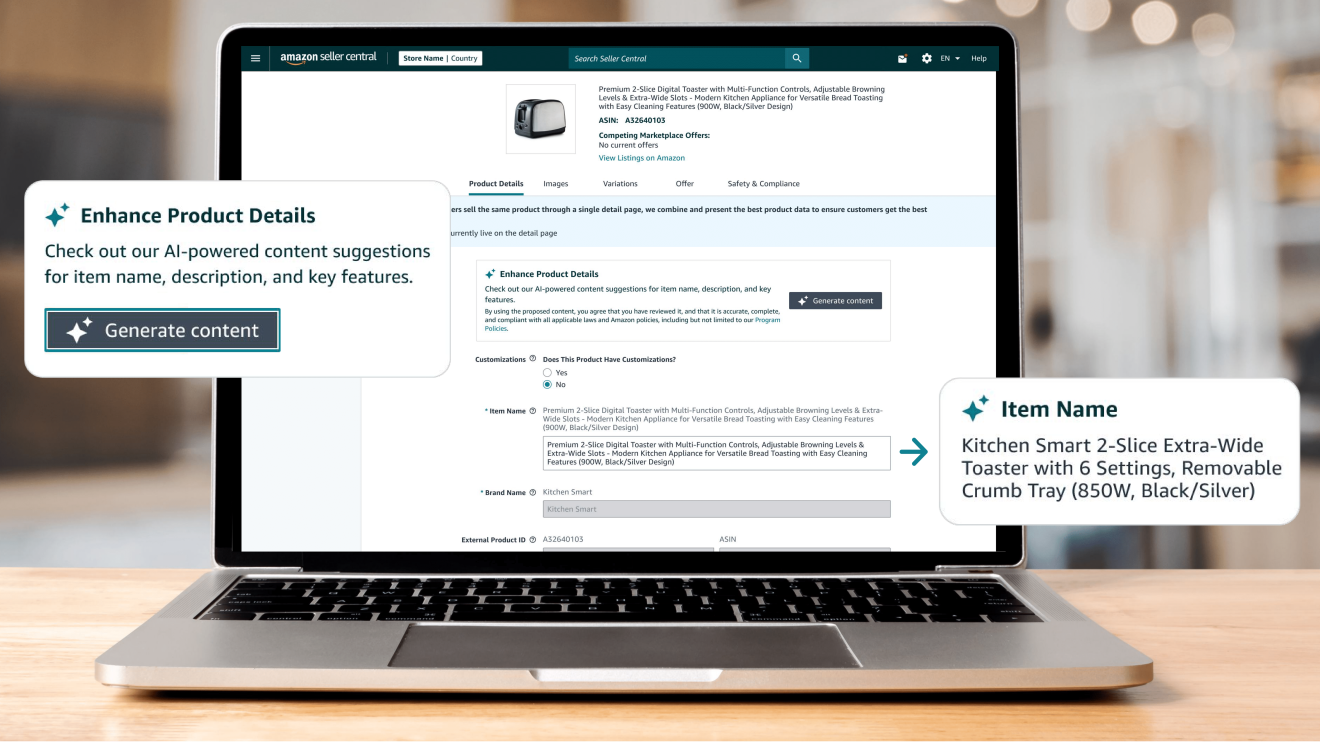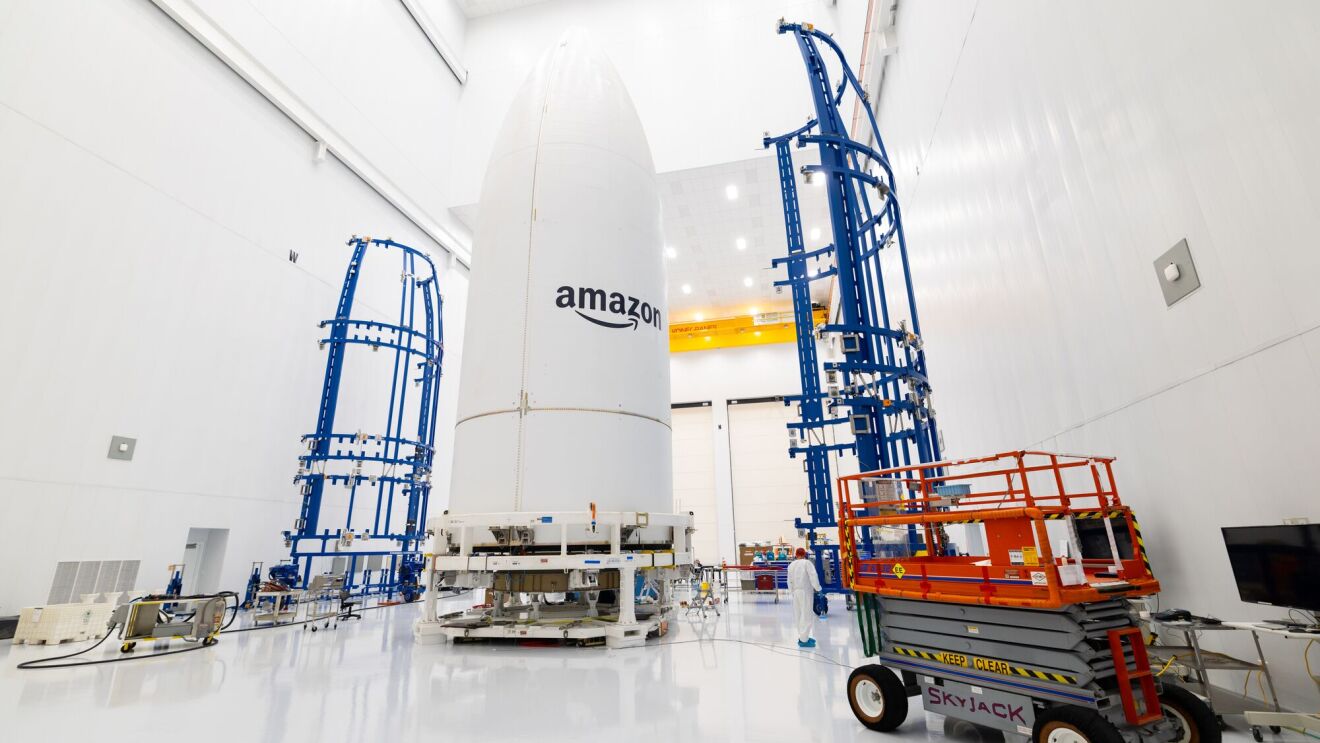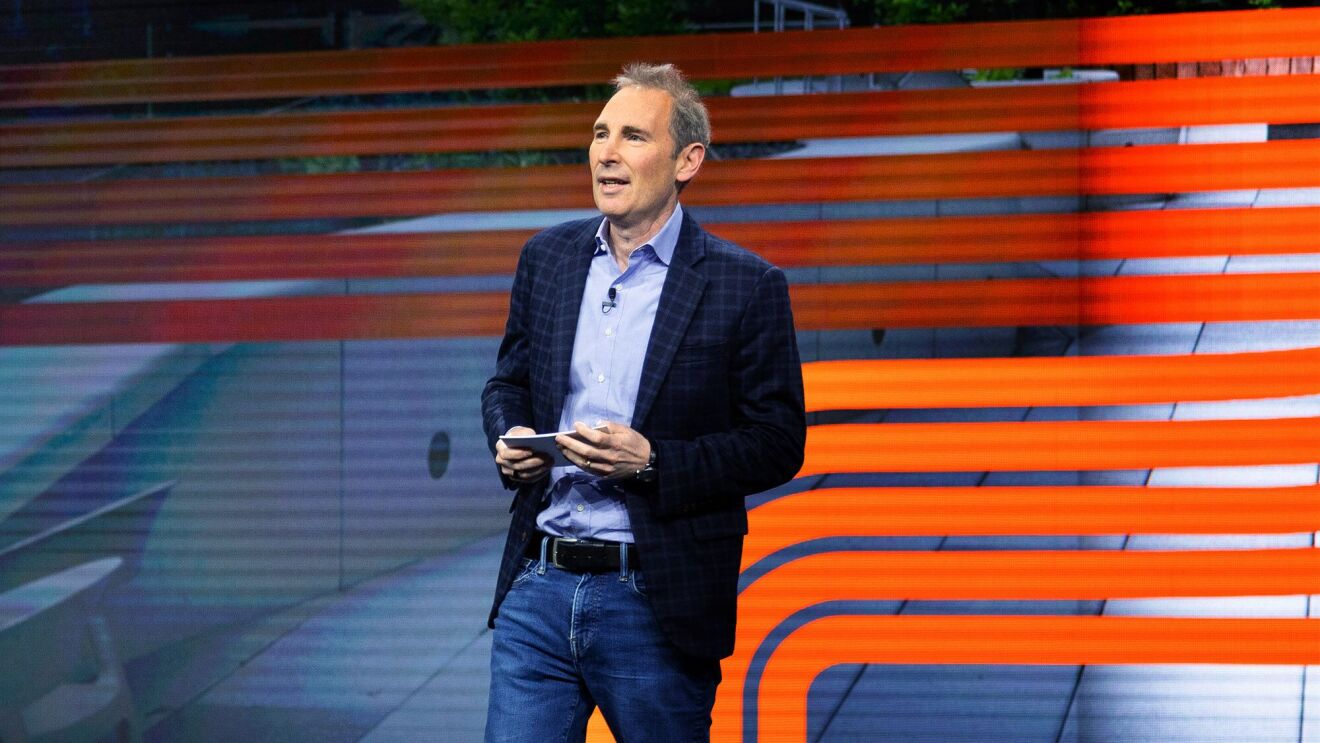Image Generator, announced last fall, is already changing the way Amazon advertisers are approaching creative development and connecting with their customers. Using the actual product image, Image Generator leverages generative AI to pull insights from product descriptions and customer reviews to create ad-ready images that naturally showcase the product on display. This simplicity has resulted in advertisers that use Image Generator increasing their campaign submissions by over 20%, testing multiple creative options to see what most resonates with customers and drives the most business impact. In fact, we’ve seen these advertisers experience a Gross Merchandise Sales (GMS) increase of nearly 5%, demonstrating the value of more relevant creatives for both shoppers and brands.
“As an early beta partner that has since fully integrated Image Generator into our platform, Pacvue has already seen that Amazon Ads advanced AI-powered tools eliminate creative barriers and enable increased ROI, a reduction in production costs, and faster multivariate testing for advertisers of all sizes,” says Melissa Burdick, president and co-founder of Pacvue, a commerce acceleration platform. “It’s thrilling to watch Amazon Ads introduce new offerings that transform our approach to branded imagery in a way that enables efficiencies and facilitates increased clickthrough rates and conversions for brands.”
That’s why we’re excited about generative AI—and how we can use it to fix the some of the big problems advertisers are facing today. We know that when we help brands create better and more useful ads, we’re ultimately helping deliver a better discovery experience for our customers everywhere. And since the world and generative AI advancements are moving fast, so are we.
“With generative AI, you don’t need to choose between quality and efficiency—you can have both,” says Jay Richman, vice president of product and technology for Amazon Ads. Richman’s team was responsible for developing Image Generator and is working on a wide range of generative AI solutions that will help make the creative development process even more seamless and simple for advertisers of all sizes.
Expanding Image Generator with a new aspect ratio capability
In addition to removing multiple barriers within the creative development process, we are also working quickly to solve one of the most stubborn problems in online advertising—the tension between building standard ads and native ads. As any advertiser will tell you, not only is it difficult to create engaging ad imagery, it’s equally challenging to tailor that imagery for different types of ad formats. Standard ads (like banners) follow a prescribed format, which makes them easy to run across a broad range of websites and inexpensive to produce, but you can’t as easily adapt the creative based on where the ad may be shown. Native ads are custom-built to integrate seamlessly into a particular online context. While they tend to be more engaging, historically they’re harder to efficiently scale.
To address, we are introducing a new Aspect Ratio capability to Image Generator. At launch, advertisers could generate campaign imagery in a 1.91:1 aspect ratio with 1200x628 resolution. Now, brands can generate images in multiple dimensions and with multiple resolutions with just a few simple clicks—ensuring their brand imagery remains clear and compelling across different sites and contexts.
"We’re breaking the tension between standard ads that are easy to scale and native ads that optimize performance," says Richman. “A brand can use AI to generate great creative, and then use AI to customize it for everything from Amazon to Twitch to Whole Foods.”
Looking ahead
Throughout the year, the Amazon Ads team plans to add additional—and increasingly advanced—generative AI capabilities to help advertisers overcome creative barriers and optimize campaigns. Richman’s team is currently working on generative AI-powered features that will help to analyze all the product and brand information included in an ad, and then transform the ad into any size, shape, or format. It will even improve the overall quality of the original ad, correcting typos, enhancing color, and translating copy into different languages.
“This is a true paradigm shift,” says Richman. “We have the potential to redefine creativity and relevance in advertising. It’s a very exciting time to be in the ads business.”
Trending news and stories
- Amazon unveils 7 new robots powering faster, safer deliveries: Go inside our most innovative delivery station yet
- Introducing Vulcan: Amazon's first robot with a sense of touch
- This new AI tech will make sorting packages easier for Amazon's delivery station employees
- How Amazon helps data center communities thrive











